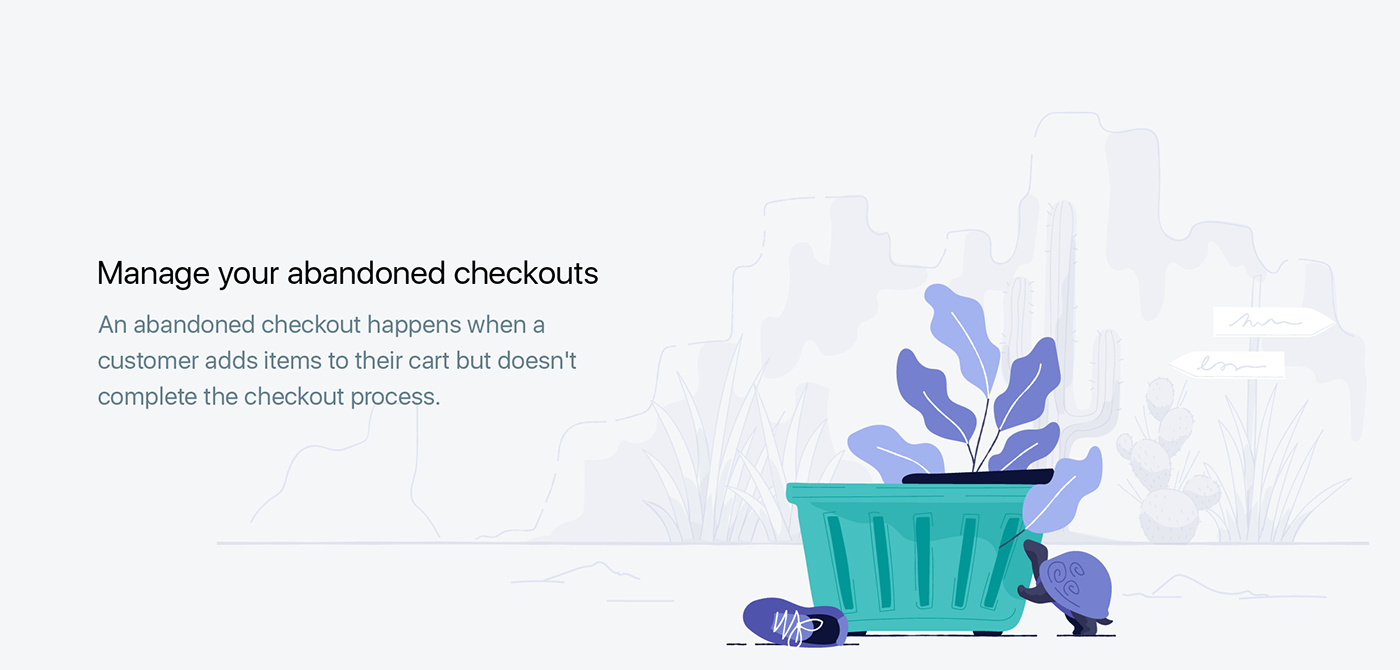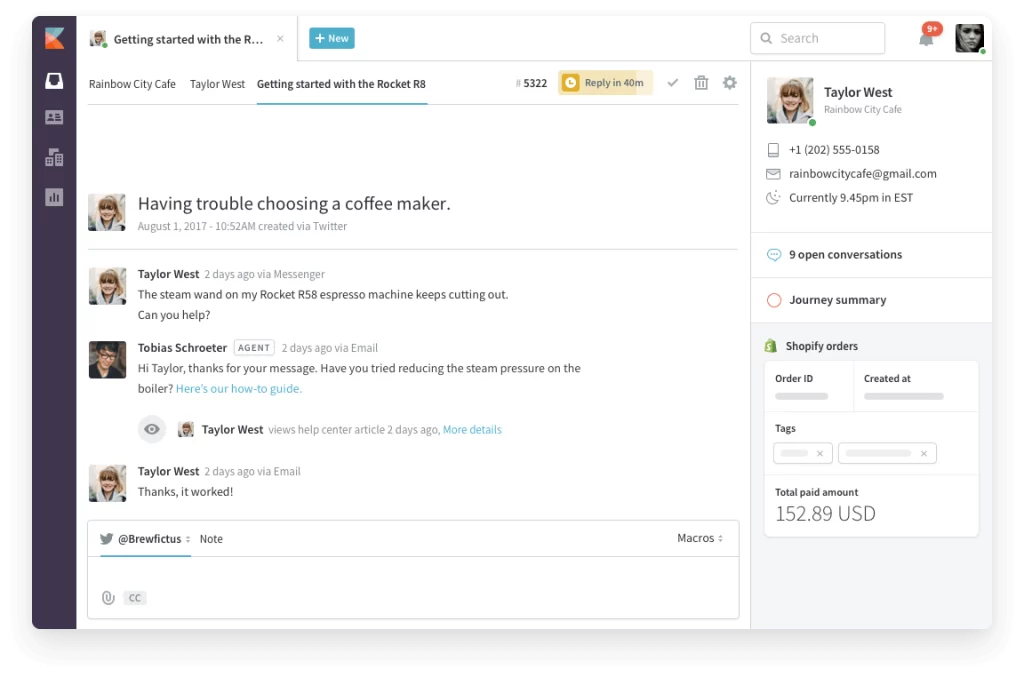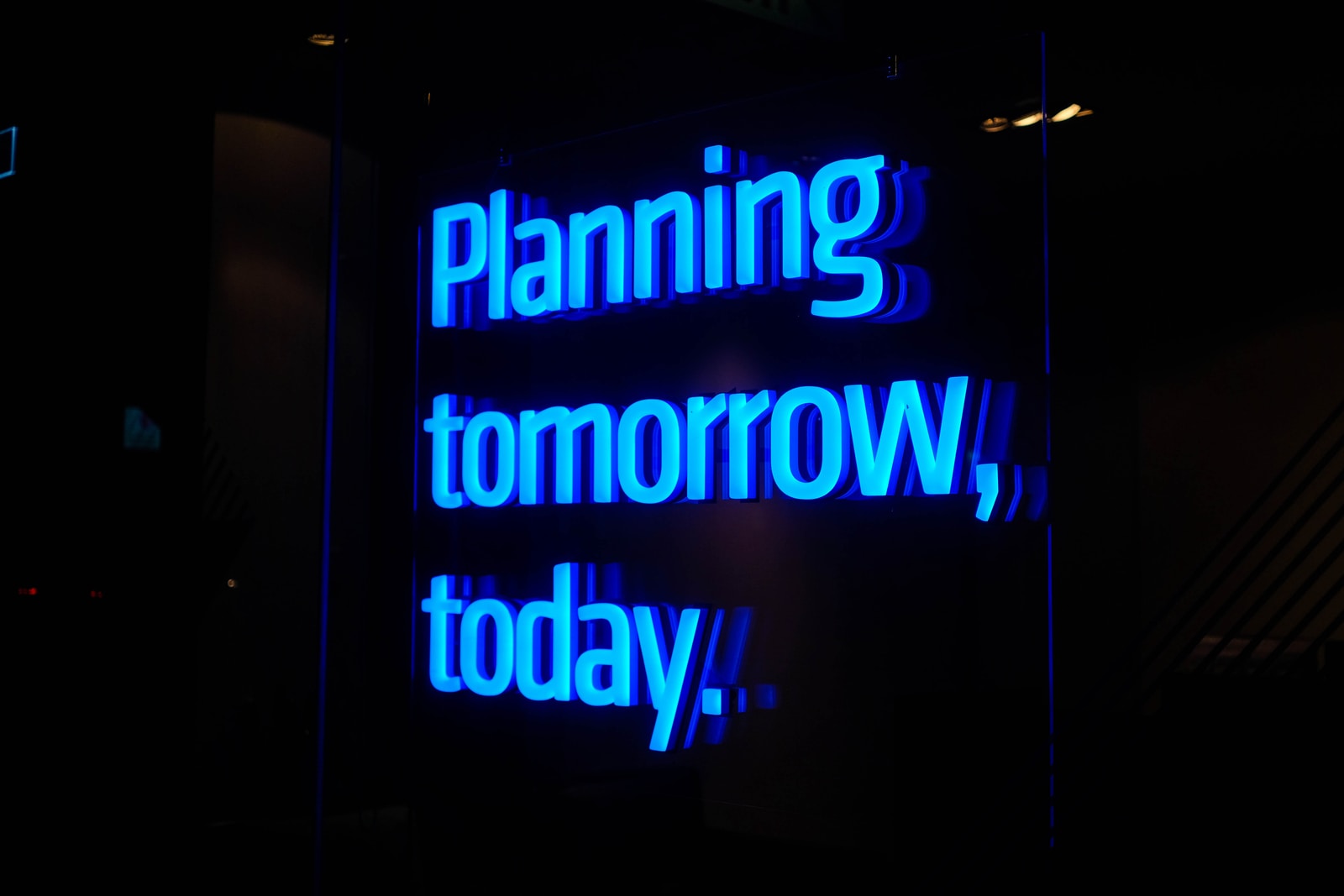Hi, I’m James. Thanks for checking out Building Momentum: a newsletter to help startup founders and marketers accelerate SaaS growth through product marketing.
I was a quasi-product manager for the activation and conversion experience at Kayako – everything from signing up for a free trial to the first payment was in my purview. This was pretty unusual: I was a product marketer with no product management experience.
Usually, product managers or growth marketers might have high-tech, data-driven ways of optimizing these experiences – but as a small team, we didn’t have data analysts, in-depth product tracking, or trained user researchers.
Instead, we relied on good ol’ research interviews, a couple of other tools, and an iterative mindset to go from low conversions to high growth. In this post, I’ll cover the main lessons that have stuck with me since then.
Before you go further, you might want to read From failed product launch to $2m ARR, where I talk about the challenges we faced as we turned a failed launch into growth momentum.
And of course, I’ll caveat by saying that these lessons were extremely relevant in our context at the time, and your mileage may vary.
In this post:
The first-run experience is crucial
I highly doubt that your customer, when they sign up to your product free trial for the first time, goes in thinking “Wow, I can’t wait to get set up and configure my account!”
Most onboarding advice is focused on reducing your customer’s ‘time-to-value’, i.e. getting them to a point of success as quickly as possible. That might work well for some, but not for products that require a decent level of configuration.
At Kayako, our original experience was focused on setting up the account: adding an email address, inviting the team, and adding some rules. Customers ignored it, and it didn’t work.
Through interviews, we found that customers instead were still exploring whether they should commit time to evaluate the product any further. The first-run experience was not an evaluation: it was an evaluation as to whether they should evaluate.
With this insight, we moved away from focusing on ‘time to first value delivered’ and instead focused on ‘first value potential’.
As well as interviews, we used Fullstory to watch sessions of successful users in the product who converted. From here, we created a simple Trello board – what I now know is a basic job-to-be-done map! – that detailed the questions and tasks they would complete.

First, our customers needed to learn the product. Their goal was to understand what working in the product would feel like.
Unlocking this added so much value for us. It meant we could instead educate users on the value of Kayako, and showcase all our differentiated features in context of the problems they were facing.
As soon as someone signed up, we showed a two minute intro video, then we hit them again with three key points to drive the message home.
We added empty stages and dummy data that demonstrated the full range of capability, without requiring any setup. Our goal was to get to a place where users could see what working in the product was like from the moment they signed up.
Ongoing education
One of the most interesting things we found in our research, mainly through watching Fullstory sessions, was that most signups went straight to the admin area of the product.
Obviously, we hadn’t paid it any attention.
When we asked customers why, they said that they wanted to understand the product’s capabilities and features. But without seeing these in context, It was confusing, technical, and off-putting.
Could we convince them to go elsewhere? Absolutely not.
So we took the education to them instead.
Empty states
Empty states are placeholders, shown when there’s no data to display to the user. Rather than have empty space, we showed fun illustrations and added context to educate users on what would usually appear there.
Here’s a beautiful example from Shopify. When a customer on a free trial is browsing around the admin area, they see an eye-catching illustration with a great explainer of the benefit they can gain using this feature.

Dummy data
We needed customers to imagine what working in the product would really feel like. Random and incomplete juxtapositions of test data wouldn’t cut it.
We created our own fictional world, Brewfictus: a coffee equipment and supply retailer that had multiple customers and storylines – all built to showcase our product features in a seamless, organic fashion.

We didn’t just throw any old copy up – we put thought into the vibe we wanted our customers to experience, as if they were actors playing our script. We also used the same contexts in our demos, videos and images on the website, and in design mockups.
Did this help impact conversion? Not sure. But I hope it showed that we cared.
Nudge users to easy next actions
We found our customers would get distracted, clicking out of our guided tours to explore on their own, or just dropping off the session altogether.
This meant we struggled to get users to go through the entire experience in one sitting. And that’s fine: life happens.
We used our basic JTBD map from above to track the key events a user had completed, and then followed up with behavioral nurture emails. Rather than focus on the broad progress a user had still to make, we used urgency and simple messages to encourage users to complete one simple next step.
With a 14 day trial we could email users almost every day and always provide an actionable, low-effort next step.
Bringing it all together
Combined with our educational first-run experience, our context-sharing dummy data and empty states, and behavioral email nudges, we saw successful conversions increase within our trial period.
Even without dedicated data analysts, we were able to listen to our customers, understand what they were trying to accomplish, and build an onboarding experience around their needs.
Thanks for reading! Let me know what you thought – find me on Twitter and LinkedIn.
P.S. If you’ve found value in Building Momentum, could you buy me a coffee? Here’s my tip jar – any support is gratefully appreciated!
P.P.S: If you enjoyed this post, will you share Building Momentum with your network?




